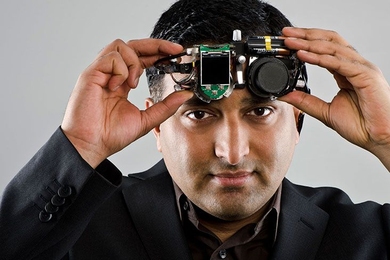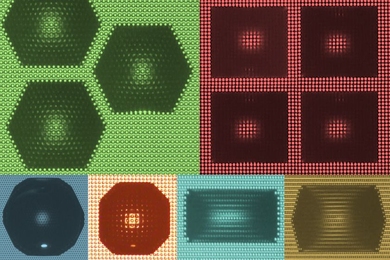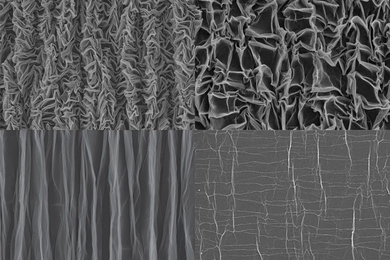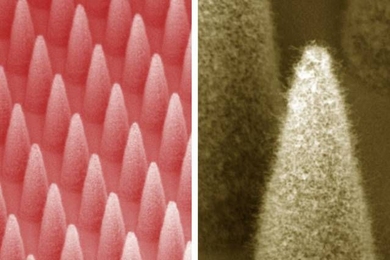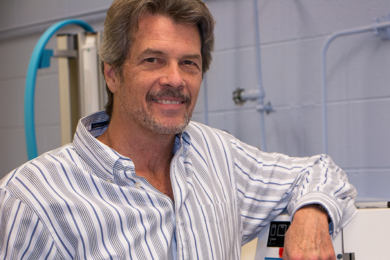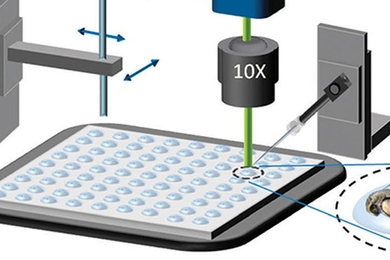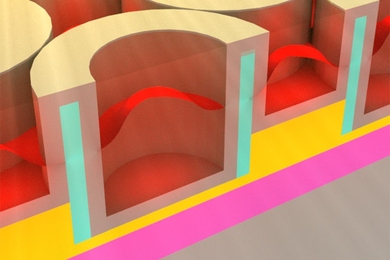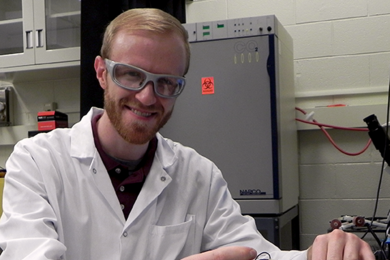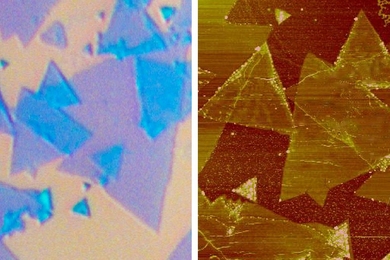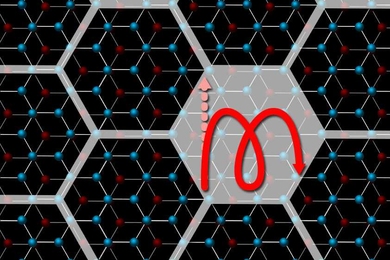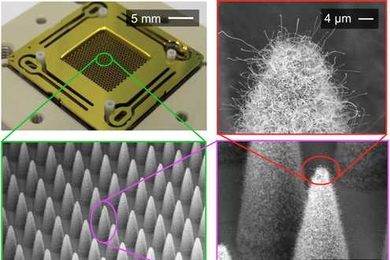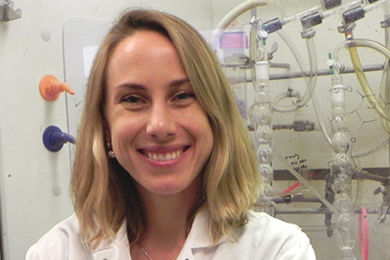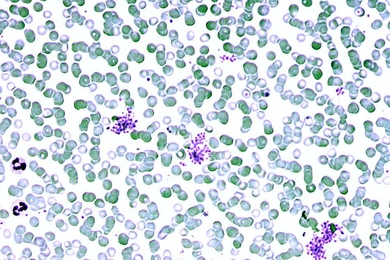Crumpled graphene could provide an unconventional energy storage
Two-dimensional carbon “paper” can form stretchable supercapacitors to power flexible electronic devices.
Fast, cheap nanomanufacturing
Arrays of tiny conical tips that eject ionized materials could fabricate nanoscale devices cheaply.
Faculty highlight: Michael Rubner
Materials scientist Mike Rubner’s collaboration with chemical engineer Robert Cohen yields anti-fog coatings, synthetic "backpacks" for living cells.
High-speed biologics screen
Engineers devise technology for rapidly testing drug-delivery vehicles in zebrafish.
How to make a “perfect” solar absorber
New system aims to harness the full spectrum of available solar radiation.
Magnetic neural control with nanoparticles
Customized arrays of iron oxide nanoparticles are possible based on their differing responses to alternating magnetic fields, MIT researchers report.
Toward optical chips
A promising light source for optoelectronic chips can be tuned to different frequencies.
Physicists find a new way to push electrons around
Discovery might ultimately lead to new, more energy-efficient transistors and microchips.
Mass spectrometry in your hand
Electrospray arrays can dramatically downsize systems and costs for onsite chemical analysis — and many other applications.
A lifelong relationship with the Institute
Newly tenured Evelyn Wang — whose parents met at MIT — studies heat transfer in materials.
Pioneering bioelectronic interfaces
Flexible polymer probes and magnetic nanoparticles promise breakthroughs for treating paralysis and brain disease.
A new way to diagnose malaria
Using magnetic fields, technique can detect parasite’s waste products in infected blood cells.
Teaching light new tricks
Graduate student Wade Hsu and colleagues confine light to a crystal surface and design a transparent display using nanoparticles.
